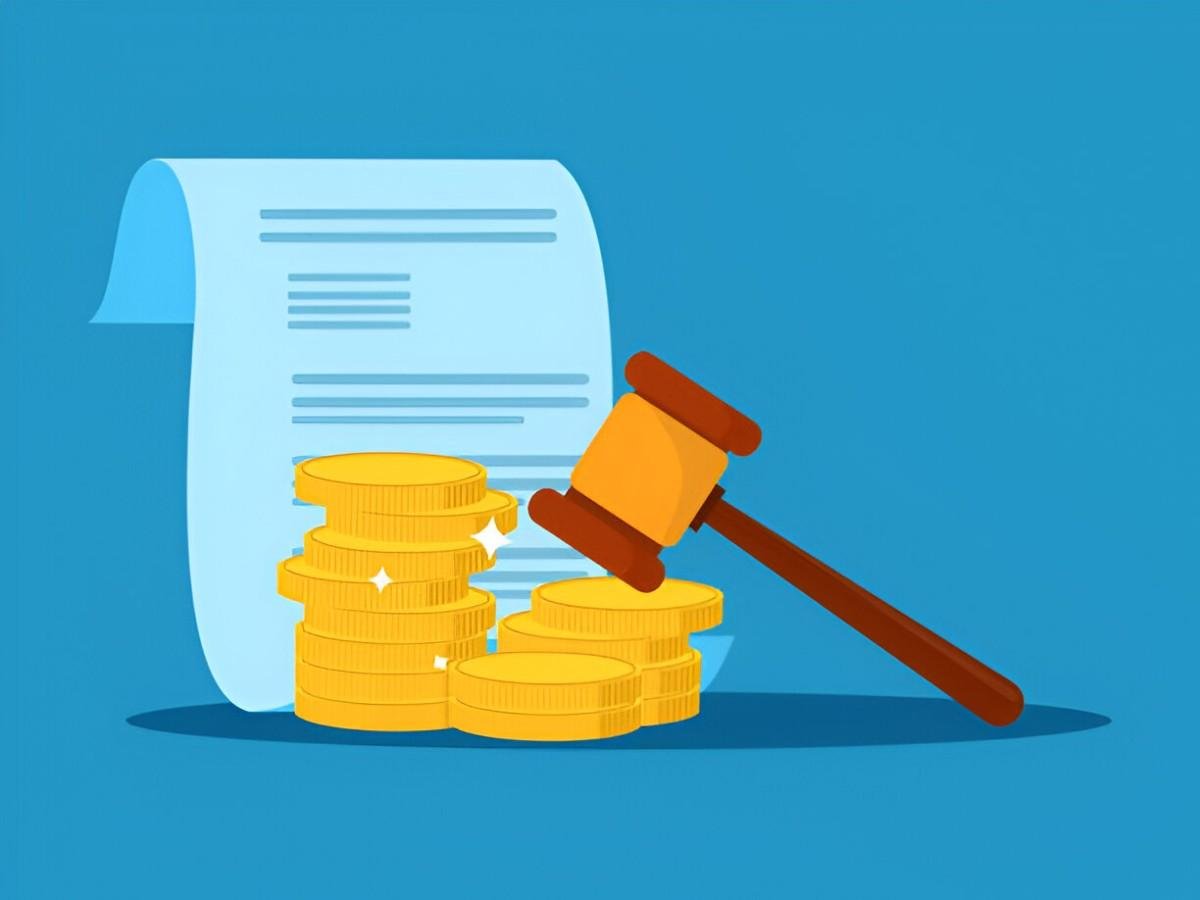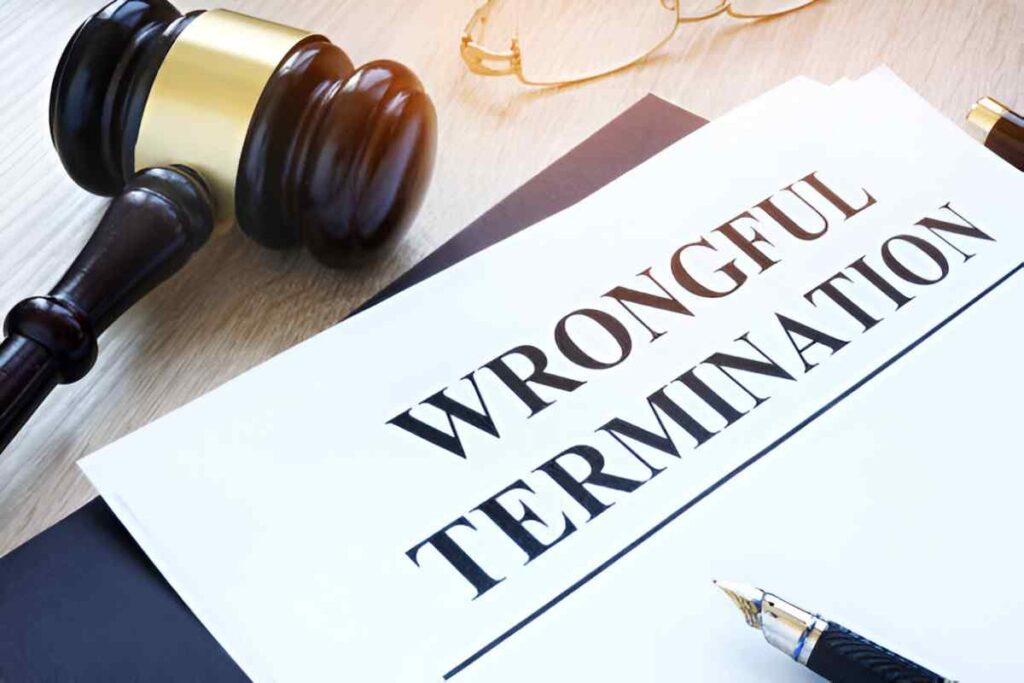Introduction
I often find that legal presumptions in finance create confusion, even among seasoned professionals. The term prima facie—Latin for “at first sight”—plays a crucial role in financial disputes, regulatory enforcement, and contractual obligations. It establishes an initial burden of proof, shaping how courts and regulators assess financial misconduct, fraud, or contractual breaches. In this article, I dissect the concept of prima facie in finance, exploring its legal foundations, practical implications, and mathematical underpinnings where applicable.
Table of Contents
What Is Prima Facie in Finance?
A prima facie case exists when the evidence presented is sufficient to establish a fact unless rebutted. In finance, this means that if a claimant presents enough initial proof of wrongdoing—such as irregular transactions, falsified records, or breach of fiduciary duty—the burden shifts to the defendant to disprove the allegation.
Legal Foundations
The U.S. legal system relies on prima facie in multiple financial contexts:
- Securities Fraud: The Securities Exchange Act of 1934 requires the SEC to demonstrate prima facie evidence of intent to deceive.
- Contract Disputes: Courts assess whether a party has shown enough proof of breach before proceeding.
- Bankruptcy Proceedings: Creditors must present prima facie validity of claims before challenging dischargeability.
Mathematical Interpretation of Burden of Proof
We can model the prima facie threshold using probability. Let:
P(E|H) = Probability of evidence (E) given the hypothesis (H) of wrongdoing.
A prima facie case exists if:
P(E|H) > P(E|\neg H)Where \neg H is the absence of wrongdoing. If the likelihood of evidence under misconduct exceeds that under normal circumstances, the presumption holds.
Example: Detecting Insider Trading
Suppose a trader executes unusually large options trades before a merger announcement. We calculate:
P(\text{Large Trade}|\text{Insider Trading}) = 0.85 P(\text{Large Trade}|\text{No Insider Trading}) = 0.10Since 0.85 > 0.10, this constitutes prima facie evidence of insider trading.
Prima Facie vs. Conclusive Evidence
Many confuse prima facie with absolute proof. The key distinction:
| Aspect | Prima Facie Evidence | Conclusive Evidence |
|---|---|---|
| Burden of Proof | Shifts to defendant | Case is decided |
| Strength | Suggestive, not definitive | Irrefutable |
| Outcome | Proceeds to trial/settlement | Ends the dispute |
Case Study: SEC v. Tesla (2018)
In SEC v. Tesla, the SEC alleged Elon Musk committed securities fraud with his “funding secured” tweet. The SEC established prima facie evidence by showing:
- Musk’s tweet moved Tesla’s stock price.
- No formal funding agreement existed.
- Musk had access to material non-public information.
Tesla settled, illustrating how prima facie evidence forces defendants to rebut or concede.
Statistical Thresholds in Regulatory Enforcement
Regulators often use statistical anomalies to build prima facie cases. For instance, the IRS applies the Benford’s Law test to detect fabricated financial data.
Benford’s Law states that in naturally occurring numbers, the leading digit d follows:
P(d) = \log_{10}\left(1 + \frac{1}{d}\right)If a company’s financials deviate significantly, it triggers prima facie suspicion of manipulation.
Example: Detecting Accounting Fraud
A firm reports revenue figures where the leading digit “1” appears 40% of the time instead of the expected 30.1%. The divergence suggests possible earnings management.
Challenges in Applying Prima Facie Presumptions
Subjectivity in Interpretation
Courts may weigh evidence differently. In Matrixx Initiatives v. Siracusano, the Supreme Court ruled that statistical significance alone doesn’t negate prima facie plausibility in securities fraud.
Data Limitations
High-frequency trading disputes often lack clear prima facie thresholds due to market noise.
Practical Implications for Financial Professionals
- Documentation: Maintain records to refute potential prima facie claims.
- Compliance Checks: Regular audits reduce anomalies that could trigger scrutiny.
- Legal Preparedness: Engage counsel early if facing prima facie allegations.
Conclusion
Prima facie in finance serves as the legal system’s first filter, separating plausible claims from frivolous ones. By understanding its mechanics—both legal and mathematical—financial professionals can better navigate disputes, regulatory actions, and risk management. Whether you’re an auditor, trader, or corporate executive, recognizing how presumptions shape outcomes is critical in today’s litigious financial landscape.





